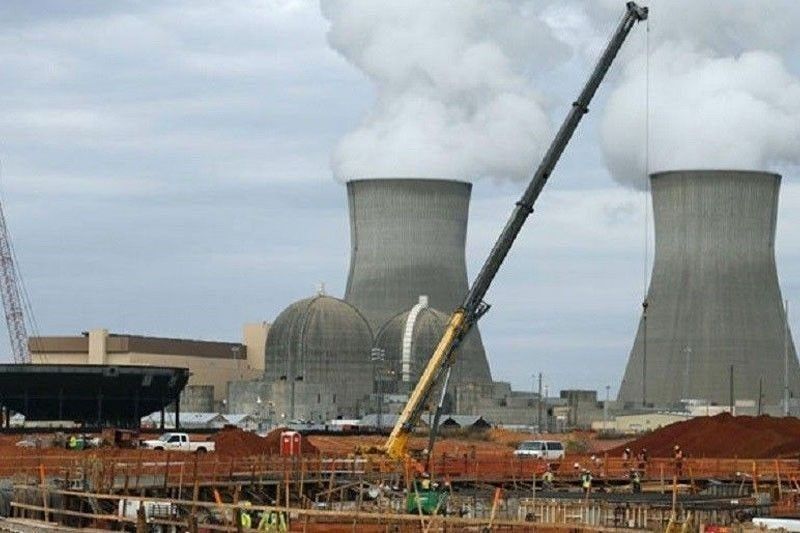Philippines seeks to learn from Canada’s nuclear expertise
By Richmond Mercurio – March 7, 2024 | 12:00am
from The Philippine Star

TORONTO – Government officials and private sector executives are currently in Canada for a week-long trade mission that seeks to power up the Philippines’ bid to integrate nuclear technology in the energy mix.
The delegation from the Philippine government includes Department of Energy Undersecretary Sharon Garin, Energy Regulatory Commission Monalisa Dimalanta, Department of Science and Technology Undersecretary Leah Buendia and Philippine Nuclear Research Institute deputy director Vallerie Samson.
Meanwhile, among key private sector officials joining the mission are Aboitiz Power Corp. head of energy transition projects Felino Bernardo, Manila Electric Co. first vice president and head of networks Froilan Savet and Prime Metro BMD Corp. chief executive officer Sebastian Arsenio Lacson.
“We hope to get the benefit of wisdom and experience from Canada’s long history using nuclear energy for peaceful means, such as for electricity,” Dimalanta said.
“Their experience is also unique in that there is no single type of resource that dominates the country’s power mix: nuclear is prevalent in some regions, while hydro and natural gas are most used in others. This can be instructive for us as we chart our own path pursuing energy security and affordability,” she said.
The Department of Energy (DOE) has included nuclear energy in the country’s power mix under the clean energy scenario of the draft Philippine Energy Plan (PEP) 2023 to 2050.
Under the PEP, which will serve as the blueprint that will chart the country’s energy landscape in the next three decades, a clean energy scenario considers the entry of nuclear energy, in which 1,200 megawatts (MW) of capacity is eyed by 2032, 2,400 MW by 2035, and 4,800 MW by 2050.
The DOE is also expected to come out soon with a nuclear energy roadmap.
Representing the private sector, Bernardo said companies joining the trade mission expect to learn from the successes and challenges of the Canadian experience in nuclear energy, particularly in Ontario.
“With years of experience and expertise, the nuclear program of Canada will be among our benchmarks in evaluating the advantages of the power source, assessing preparations preceding its operations and studying policy frameworks governing it,” Bernardo said.
Canada is regarded as a nuclear technology leader, with a strong reputation for exporting top quality reactor systems and related infrastructure around the world. Canadian companies have experience in nuclear infrastructure dating back to the 1950s and continue to demonstrate expertise across the full nuclear energy life cycle.
The Canadian nuclear industry is currently at the forefront of small modular reactor (SMR) development, with the first Canadian SMR expected to be active by 2029.
SMRs represent a small scale and flexible source of nuclear power for both on and off-grid.
“Our visit is part of the groundwork toward the creation of a more diversified set of generation technologies that will sustain the Philippines’ economic growth and fuel its social development,” Bernardo said.
“We are biding our time – especially as a just energy transition is a gradual progression – to be able to holistically understand, prepare and develop our capabilities and deliver safe, reliable and cost-effective electricity if and when we finally have nuclear power in our energy mix,” he said.



